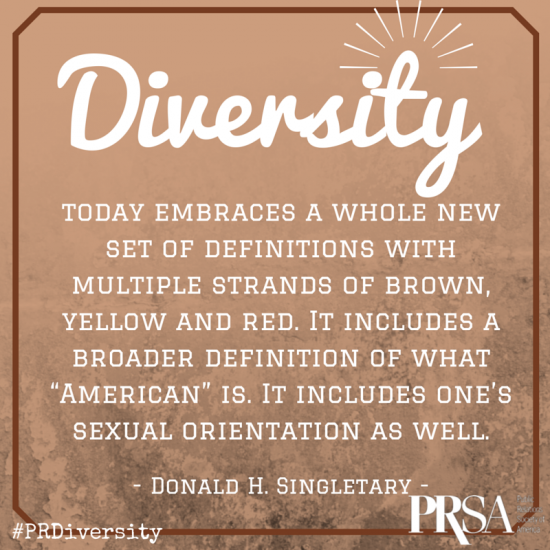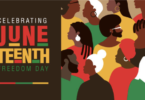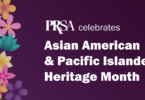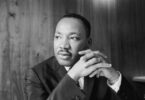Editor’s note: In November, PRSA will celebrate PR Diversity Month by acknowledging the diverse communities, people and practices that encompass the public relations profession and by providing advice and insight on how to build a better PR industry though diversity. We’ve invited PR practitioners and thought leaders from around the country to offer their thoughts on various diversity topics affecting the PR industry. Track the series and join the discussion by using the hashtag #PRDiversity. For a full list of Diversity Month activities visit the 2014 Diversity Month section of the PRSA site.
Define “diversity.”
It used to be so simple (for those of us Baby Boomers).
When I was a kid there was no such thing as “diversity” – it was called “integration.” And that meant Black people and White people. And that meant mostly in the south where my parents hailed from. Certainly didn’t apply to my brother and I growing up in the hodge-podge of races and cultures of Manhattan’s Lower East Side.
Yes there were Latinos back then (nearly all of them Puerto Rican). And my neighborhood, the Alfred E. Smith projects, was “spittin’ distance” from Chinatown. Those folks were just not an issue yet. Blacks were in the front of the bus on this issue of civil rights.
Diversity today embraces a whole new set of definitions with multiple strands of brown, yellow and red. It includes a broader definition of what “American” is. It includes one’s sexual orientation as well.
When I’m wearing my professor hat, each semester I discuss “Multiculturalism and Diversity” in class. I go through a brief history of what those terms meant in my lifetime and the subsequent evolution and then ask class members: “How do you self-identify?”
I intentionally leave it an open-question. Some answer with a nationality: “Russian,” or a hyphen: “Chinese-American.” And among the multitude faces I would have previously defined as “Black” – their responses are more likely to be: “Haitian,” “Jamaican,” “Nigerian, “etc.” One grad student proudly proclaimed: “I am a Gay, Black man.” In that order. He said: “My father was active in the civil rights movement on the 60s. I told him – that was your movement the Gay movement is mine…”
Change indeed in the ways in which we classify ourselves and others. There is much more freedom today than ever before to self-define.
How does this affect we public relations practitioners? Does it matter?
Of course.
From a strictly professional standpoint we are seeing the creation and evolvement of new market opportunities. Any group offers elements of the following ingredients: potential consumers, donors, voters, supporters, friends, enemies, opponents, competitors – and all the other major food groups of target audiences and publics. These are great opportunities – and they pose some challenges as well.
So if you are a member of a group formerly known as minority, or formerly excluded here are some things to remember:
- Emphasize to your organization/client your knowledge/insights of the market – Black, Latino, Gay –whatever – and how it connects to the organization’s or client’s goals, bottom line, etc.
- In turn make certain the constituency understands the goals and objectives of your organization or client as well.
- Identify previously overlooked or ignored markets opportunities and constituent groups.
- Be a supporter for your constituent groups inside your organization. You can utilize your insights to make their needs, wants and points of view known.
- Make the point that no group is a monolith – an all too common misconception that is bad communication and bad for business. As in any group there will be differences in age groups, income, and education.
- Totally understand the crafting of effective messages and delivery (utilize appropriate and credible media and social media)
If some of these points sound a bit generic – they should. So are there any differences in dealing with diverse audiences?
Yes – you may still encounter those who do not see the value of appealing to certain groups because they hold on to stereotypical or unenlightened viewpoints. You’ve heard them all before: “they’re too poor,” they don’t vote,” “they won’t understand.” But I have found that it is difficult for organizations to deny excellence – especially when it impacts the bottom line. Sometimes they just don’t know, and you can be the one on the room who helps them get it.
You do not have to carry all the weight of your own racial, ethnic or other constituency on your shoulders. But by providing as much excellence as you are capable of in your work and sharing key insights that others may not have been aware of can help both you and your organization move forward.
Donald H. Singletary is president of Singletary & Associates communications consultant firm, a writer and adjunct professor. At Singletary & Associates He has provided an array of services including corporate communications, ethnic marketing, branding, advertising, editorial services, employee engagement, issues management, and strategic planning to clients which have included the American Cancer Society, Burson-Marsteller, Pfizer, UniWorld Group, Inc., Vanguard Communications and Medgar Evers College. His career began when, as a high school intern, he co-produced a documentary for WINS, the nation’s premier all-news radio station. “Young and Black” won the prestigious Public Relations Society of America’s Silver Anvil Award.







